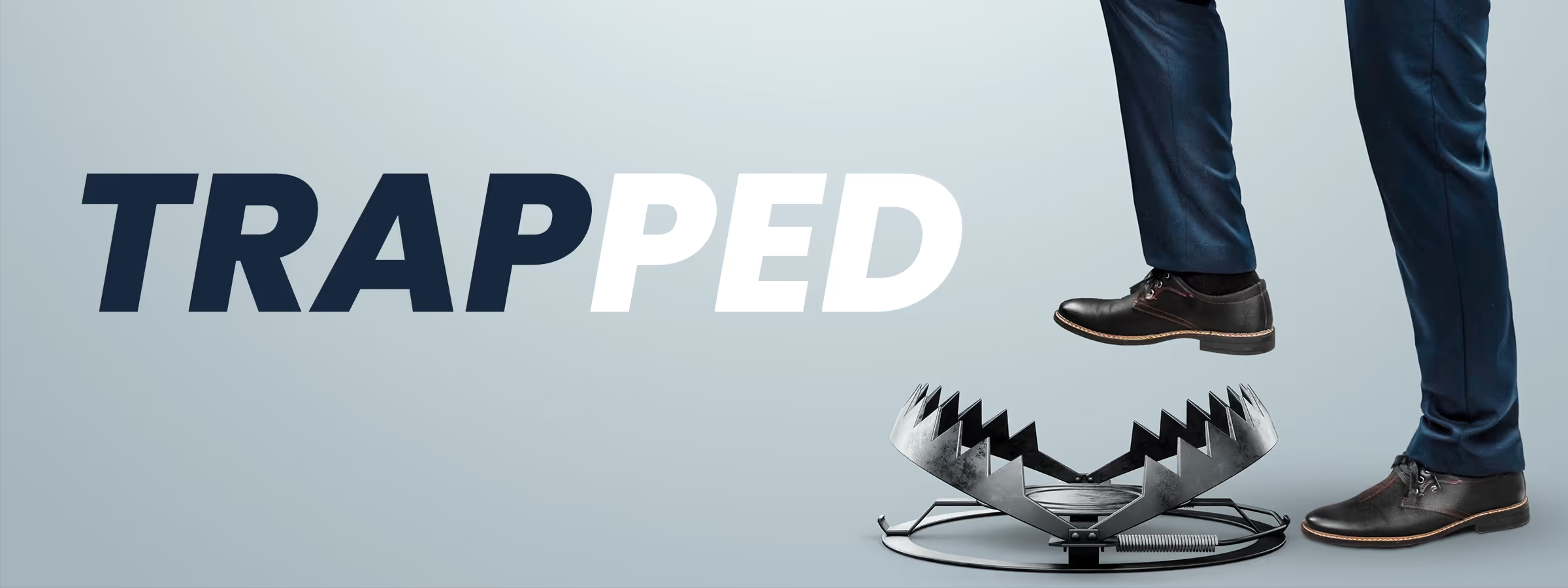


Is Your Vertical Community Ready for El Nino?
We have a high probability of a powerful El Nino returning this fall with extreme rain, wind and flooding conditions. Whether this will be a destructive El Nino or not, is not the question. What is important is that mid/high-rise community managers prepare your building(s) proactively for emergency storm conditions. Problems and issues can increase if proactive maintenance is not completed.
Roof Drains
Let’s start from the top. With most vertical buildings the greatest surface area is the roof. Make sure all roof drains, covers & piping are cleared of debris and not blocked.
Identify where the roof drains and overflow drains discharge. Many buildings have roof drains connected to the buildings plumbing and the overflow drains discharging onto the street or into landscaping. You need to know which is which, so that if you see water coming out one of these drains, you know the source and can react appropriately. Water coming out an overflow drain should prompt a quick trip to the roof to clear blockage.
Many vertical communities have multiple flat surface drains. These covers are easily clogged with debris and can cause water to drain slowly. In a sudden downpour the water needs to flow quickly so it doesn’t back up into areas not designed to have water, nor flood the homes below due to undue weight.
Sump Pumps
Check all your sump pits; most are in your garages. Sump pits are low points that allow water to collect and almost always have a pump to move the water up and out. A trained building engineer can check these weekly.
Elevators have a pit at their bottom which needs to be inspected to make sure it is dry before, during and after the winter rains to ensure proper operation. Most pits have a sump pump system that should be checked for proper operation. Surprisingly not all elevator pits have sumps in the bottom.
If you have any underground construction you will need to check the pumps monthly. To proactively prepare for a severe winter, the pits should be pumped all the way down so that the bottom can be inspected and cleaned. We have seen pumps that sound like they are working but don’t actually pump out any water. The time to find this out is not when water has filled up the pit and resulted in a flood.
Vaults
Many buildings have a series of “vaults” or interceptors designed to filter out oil or sand before it gets to the pump. Typically these are inspected and cleaned twice a year, once before the rainy season and then again in the spring. Forms must be completed by the servicing company as part of the local Storm Water Pollution Plans (SWPPP), which are regulated by the EPA and administered by the local building inspectors. If the work and paperwork isn’t done properly, hefty fines are administered. This paperwork can be completed by your building engineer.
Electrical
Make sure to inspect and replace all burned out light bulbs especially at emergency exits and stairwells. Check your emergency generator for proper maintenance, in case of a power loss. Make sure all of your inspections in your Maintenance and Operations Manual are up to date.
Extra Preventation
Many proactive community managers have sand bags on hand for emergencies. We also recommend having a “crash cart” on hand too. The cart contains a 32 gallon trash can on wheels which is equipped with a shop vac, long extension cord(s), fan, plastic and caution tape in case of emergencies. As the old saying goes, “an ounce of prevention is worth a pound of cure”.
Inspection Checklist
- Inspect and clear all roof drains, roof overflow drains and roof surface drains
- Inspect and maintain all sump pumps and pits
- Inspect and maintain all elevator pits and elevator sump pumps
- Inspect all exit and common area lighting for proper function
- Make sure all Maintenance and Operations Manual inspections are completed by October
- Create and stock your emergency equipment cart
This year we may be facing an epic El Nino but we could always be surprised with a devastating earthquake too. Proactive emergency planning will give you and your board peace of mind.











